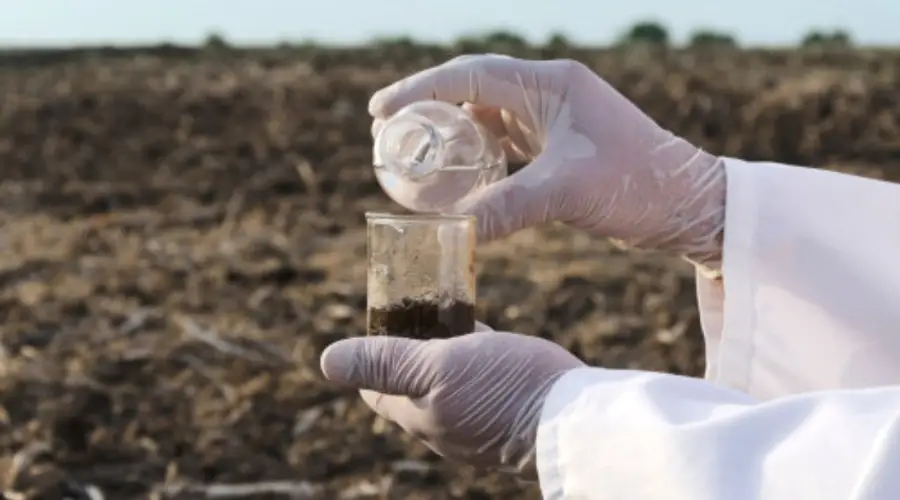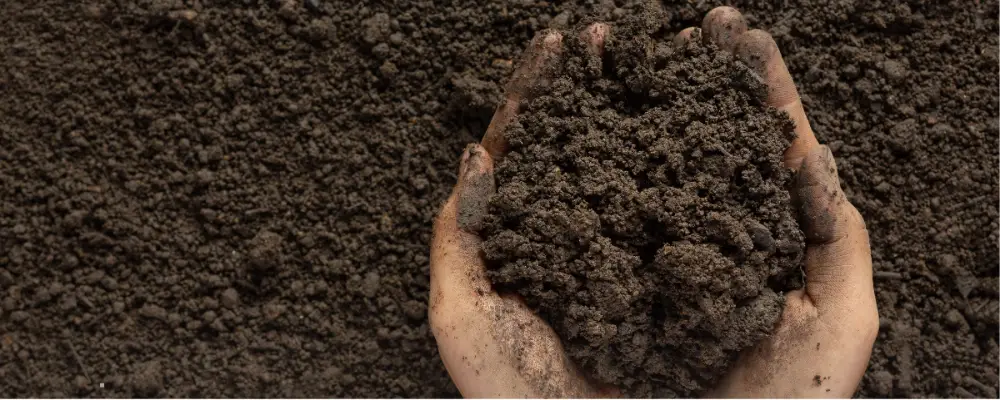Constructing safe, durable, and quality buildings is the utmost requirement for every construction project. As most people rely on the quality of building materials, the soil exploration phase often goes unnoticed or becomes underrated. It is the unsung hero of every successful construction, helping to design safe, secure, and long-lasting buildings and infrastructure projects. This blog explores soil exploration, its objectives, importance, stages, and techniques.
What is Soil Exploration?
Soil exploration is the process of inspecting the subsurface soil to determine the composition, structure, and characteristics within the surface area. It collects and documents the necessary information that is crucial in designing and constructing a safe and stable structure. It also cautions against potential problems and hazards that may arise in the future.
Objectives of Soil Exploration
Determine Soil Properties
It provides the necessary physical and engineering properties of the soil, such as load-bearing capacity, compressive strength, permeability, and more. This is crucial for designing the foundation and other structural elements.
Determine Groundwater Table
It helps determine the groundwater table of the place and the surroundings, which has a significant impact on the design and construction of foundations, retaining walls, and other load-bearing structures.
Identify Potential Problems
It determines the potential problems or hazards that could affect the structural integrity. Problems related to unstable soil, high water table, and the presence of contaminants are some of the most common problems identified. Early identification of these issues can help mitigate risks and develop appropriate solutions.
Choose Foundation Types
It is essential to determine the type of foundation based on the soil conditions to ensure stability and longevity of the structure. It provides the data required for designing the foundation and other structural components.
Identify Soil Improvement Techniques
The determination of soil conditions helps in identifying improvement techniques to provide necessary compaction, stabilisation, and reinforcement to improve the soil’s physical properties and functionality.
Methods of Soil Exploration
Geophysical Surveys
This process involves various techniques to understand the soil subsurface characteristics without affecting the soil conditions. The geophysical surveys are conducted using techniques like seismic refraction and electrical resistivity methods.
- Seismic Refraction: It uses seismic waves to detect soil layers and their properties.
- Electric Resistivity: It measures the soil’s resistance to electrical currents to estimate the compaction of soil and water content.
Tools such as seismic sensors, geophones and electrodes are some of the commonly used tools in geophysical surveys.
Open Trial Pits/Trenches
Open trial pits or trenches can be dug for soil exploration to analyse soil visually, sample, and perform in-situ testing. It is used for shallow structures where boring is not applicable. Backhoes, shovels, trowels, and other sampling tools are used to perform this soil exploration method.
Subsurface Soundings
Subsurface soundings are the techniques used to investigate the subsurface area to determine the soil properties.
- Standard Penetration Test (SPT): SPT is the process of driving a split-spoon sampler into the soil using a hammer. During the process, the number of blows taken to drive the sampler is noted to measure the resistance and density.
- Cone Penetration Test (CPT): CPT is the process of inserting a cone into the soil to get real-time measurements that analyse the resistance, shear strength, friction, and soil stratigraphy.
Boring and Sampling
It is the common method of exploring soil beneath the ground surface by extracting samples and testing them at the laboratory. There are numerous boring methods.
- Auger boring: It is the process of drilling holes and extracting soil samples from the site. It is typically used in shallow soil layers.
- Percussion boring: It uses a heavy, drop bit to break the soil and obtain samples. It is generally used for deep drilling.
- Rotary boring: It is used to bore through hard and dense materials. This method is used for drilling with mud.
Stages of Soil Exploration
Site Reconnaissance
It is the visual inspection process on the construction site and the surrounding area that collects necessary information and data about the topography, vegetation, and neighbouring structures, and helps plan suitable soil exploration methods. The site reconnaissance also analyses the existing records and mapping for a better understanding of the site’s history and topography.
Preliminary Site Exploration
Preliminary tests and inspections are conducted at this stage to understand the physical characteristics of the subsurface. Testing the soil samples and performing in-situ tests, such as the Standard Penetration Test, Cone Penetration Test (CPT), or boring test isconducted during this stage. This preliminary exploration is usually conducted for smaller projects for light structures, highways, and airfields.
Detailed Site Exploration

This is an in-depth investigation of the construction site conducted based on the information obtained from the preliminary exploration methods. Numerous field tests such as vane shear tests, plate load tests, laboratory tests, and compressive tests are conducted to have a thorough understanding of the subsurface conditions. This detailed and advanced method is generally used for complex and exceptional engineering projects like dams, bridges, skyscrapers, etc.
Documenting Report
Based on the tests and observations done in the previous stages, a complete and comprehensive report is prepared. The report consists of real-time data that helps structural engineers and architects design the foundation and other structural components of the project. The report consists of
- Description of the site and its surroundings.
- Geological and hydrological conditions of the site.
- Soil exploration methods and tests conducted.
- Comprehensive results of field and laboratory tests.
- Recommendations for the foundation design and suitable construction techniques.
Importance of Soil Exploration
- It helps in designing suitable construction methods by ensuring the safety and long-term stability of the structure.
- By assessing the soil conditions, the potential risks can be mitigated, and a suitable construction method is chosen. This helps in optimising the overall construction cost and reducing the cost spent on expensive repairs.
- Through a comprehensive geotechnical approach, the potential hazards and risks can be predicted, and the appropriate risk mitigation strategies can be implemented to reduce the likelihood of property damage.
- Soil exploration can help in designing and constructing structures based on the local building codes and ensuring regulatory compliance.
Conclusion
In summary, soil exploration is more than just a preliminary stage in construction. It is the most crucial process behind every successful construction. It provides information about the soil’s characteristics, strength, and potential future risk factors. The real-time information collected through sampling and tests helps the engineers and architects execute suitable construction practices, ensuring safety and sustainability.

